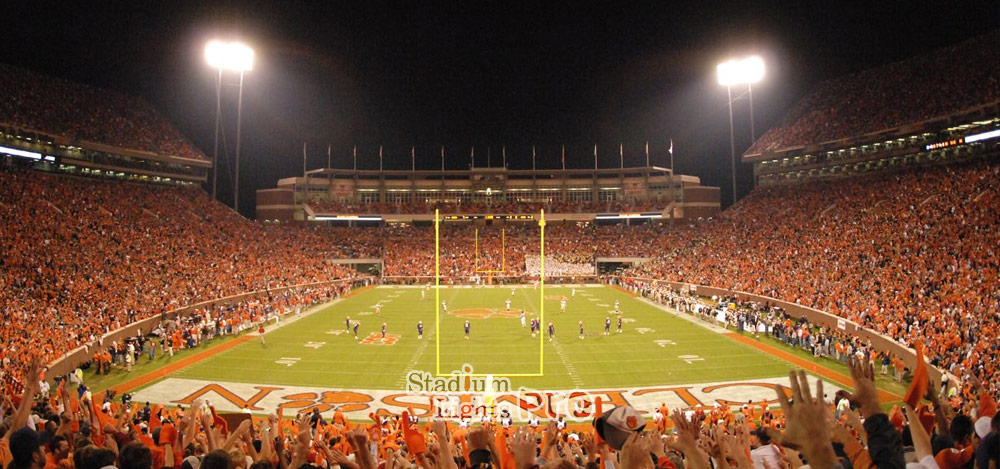
Stadium Lighting Calculator
Table of Contents
ToggleHow to use the stadium lighting calculator?
A stadium lighting calculator is a tool that allows you to quickly and easily calculate the lumens of lights and the total wattage needed for a sports field. To use a stadium lighting calculator, you typically need to input the following information:
Size of the field
You will need to enter the length and width of the sports field in meters.
Desired brightness
You will need to enter the desired brightness in lux.
Light loss factor
You may need to enter the light loss factor, which is a number between 0 and 1 that takes into account factors that can reduce the amount of light reaching the playing surface.
Once you have entered this information, the stadium lighting calculator will use a formula to calculate the lumens and the total wattage needed to achieve the desired brightness on the sports field. The formula typically takes into account the size of the field, the desired brightness, and the light loss factor, as well as the luminous efficacy of the lights being used (which is the amount of light produced per watt of power).
Are you looking to upgrade the lighting in your stadium or sports facility? Look no further! We offer a free, professional lighting design service using the DIALux software. Simply use our stadium lighting calculator to get a rough estimate of the lighting needed for your space, and then contact us to take the next step.
Our team of lighting experts will work with you to create a custom lighting design that not only meets the necessary technical requirements, but also enhances the overall experience for players and spectators. Don’t hesitate, reach out to us today to get started on your free lighting design!
Contact us for a free lighting consultation
Importance of stadium lighting
Stadium lighting refers to the lighting systems used in sports stadiums and arenas to provide illumination for sporting events.
Improved visibility
Proper lighting allows players, coaches, and officials to see the field or court clearly, which is essential for fair play and safety. It also helps spectators see the action more clearly, enhancing their viewing experience.
Television broadcasts
Many sports events are televised, and good lighting is essential for producing high-quality broadcasts. Poor lighting can result in blurry or poorly lit images, which can be distracting for viewers.
Safety
Adequate lighting can help prevent accidents and injuries on the field or court. For example, in outdoor sports, proper lighting can help players see obstacles or hazards on the field that they might otherwise miss in poor lighting conditions.

Factors related to lighting calculations
- The size of the field is a critical factor, as it determines the total area that needs to be illuminated. The larger the field, the more lights and wattage will be required to achieve the desired brightness.
- The desired brightness is typically measured in lux or fc, which is a unit of illuminance. The higher the desired brightness, the more lights and wattage will be required to achieve it.
- The light loss factor takes into account factors that can reduce the amount of light reaching the playing surface, such as reflections, absorption, and scattering. The lower the light loss factor (close to 0), the more lights and wattage will be required to achieve the desired brightness.
Conclusion
Using a stadium lighting calculator can save you time and effort compared to manually calculating the wattage and lumen needed, as it automates the process and ensures that you get accurate results.
